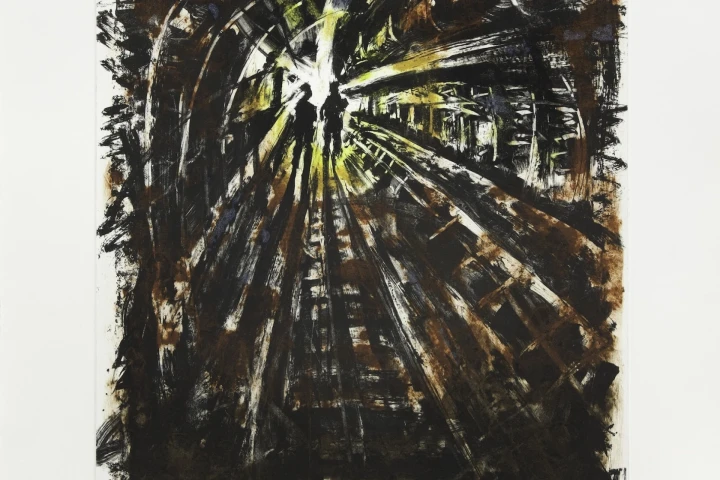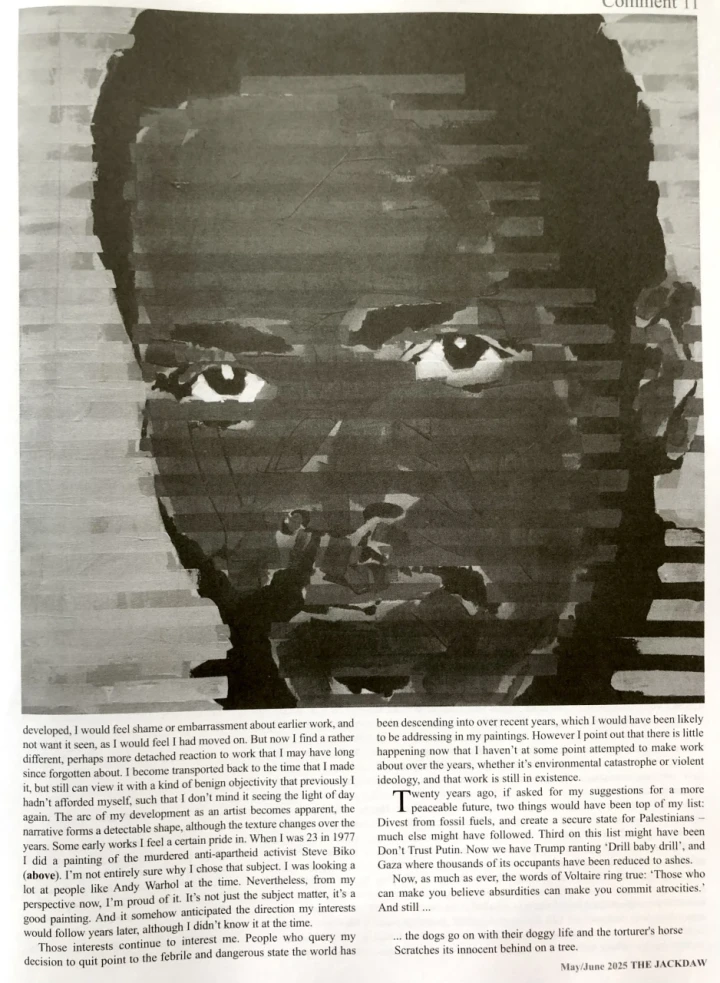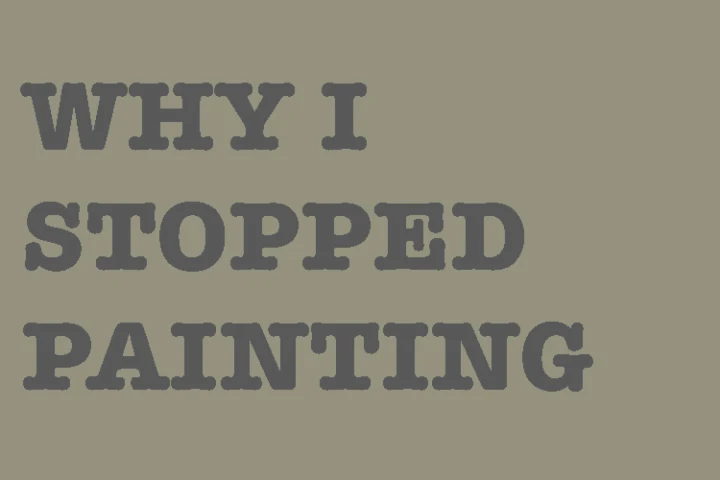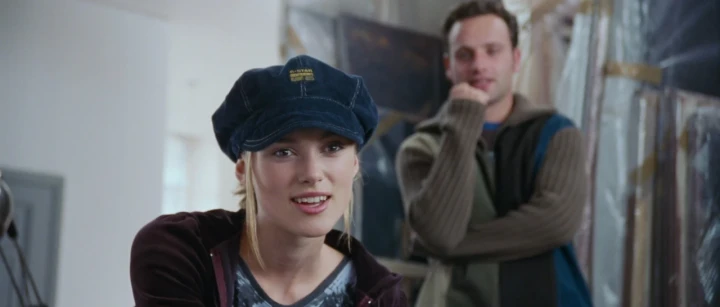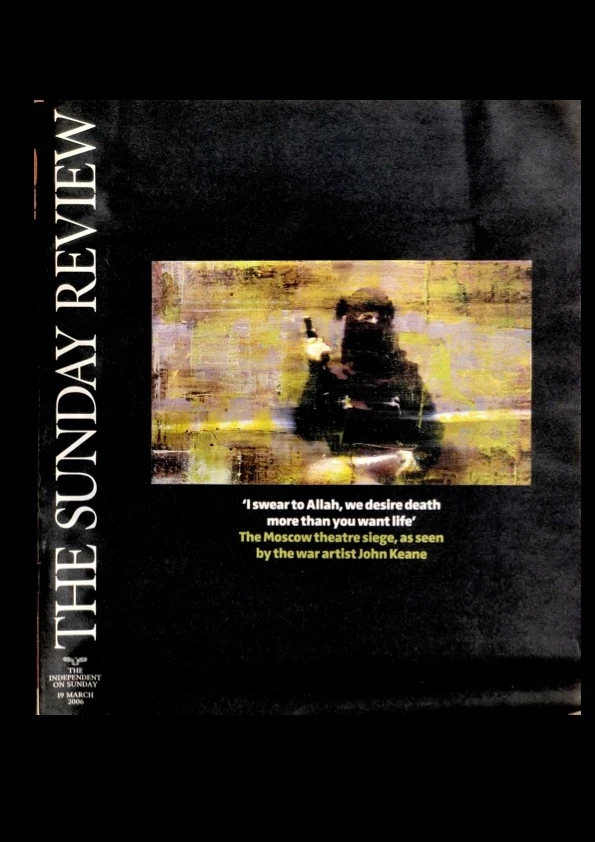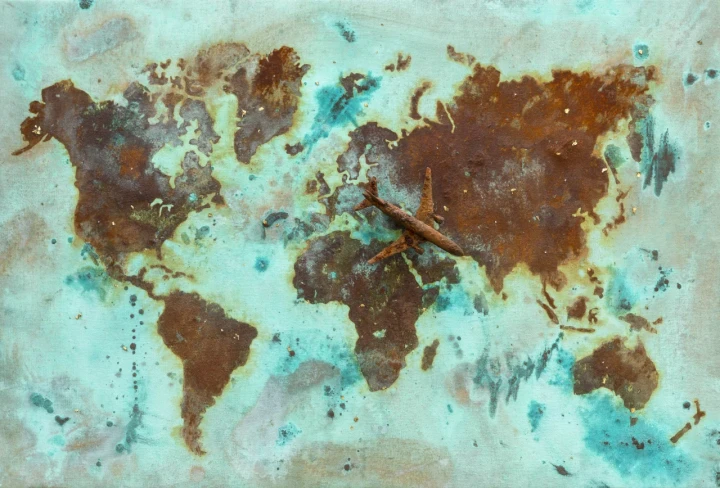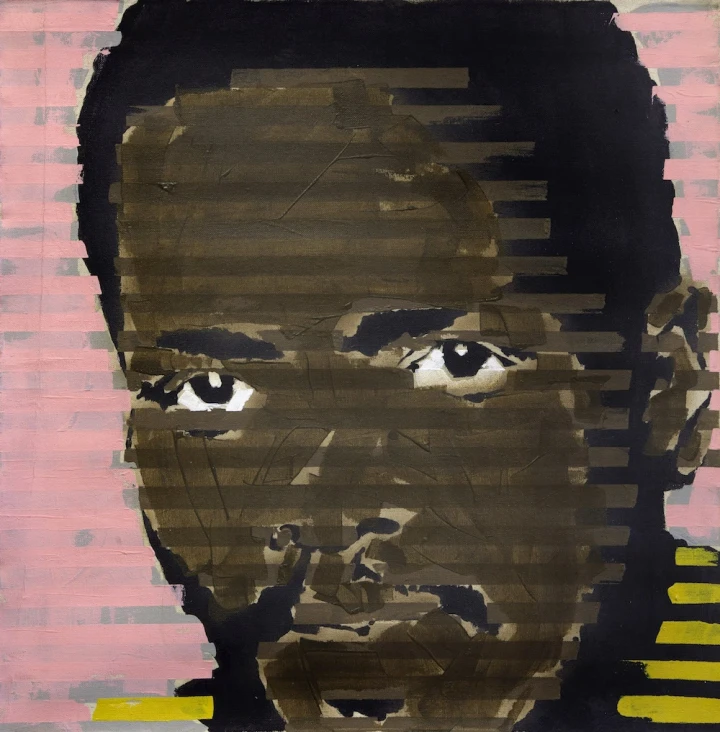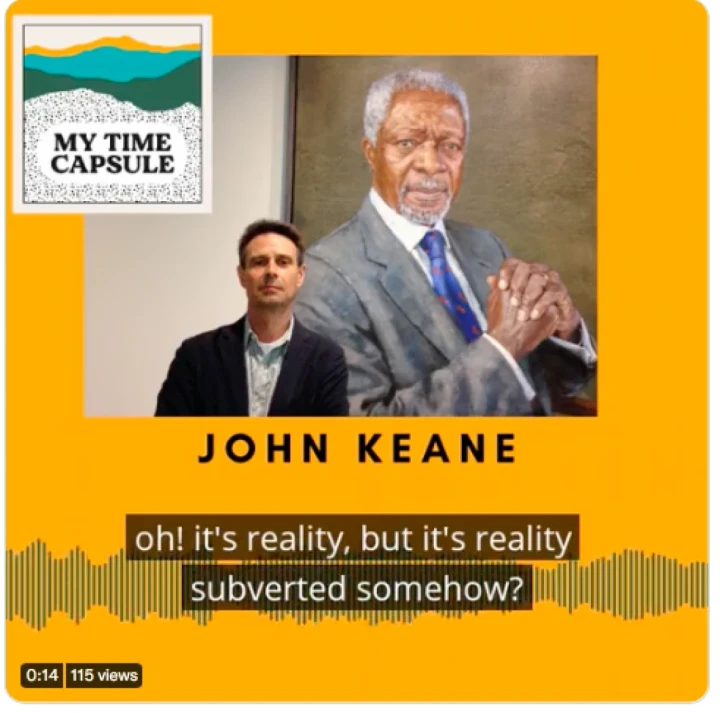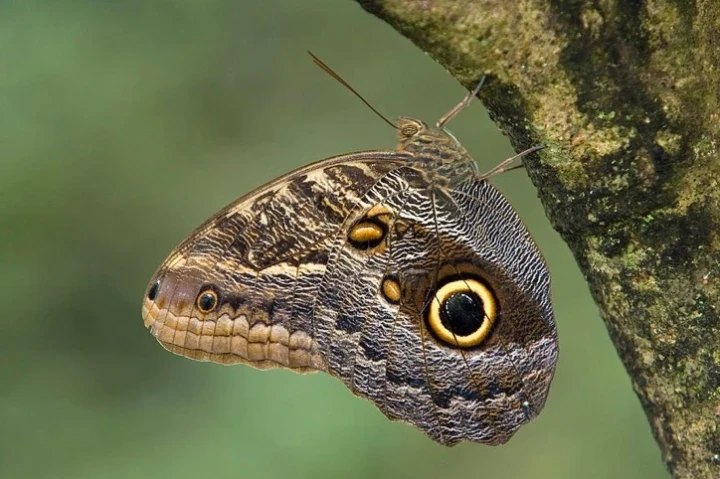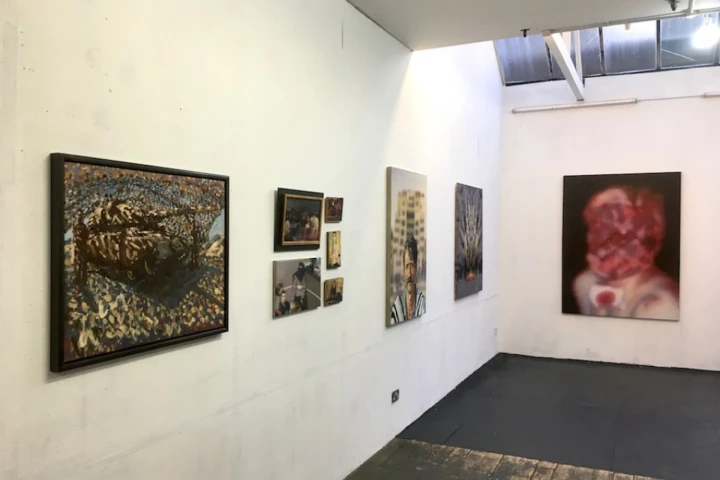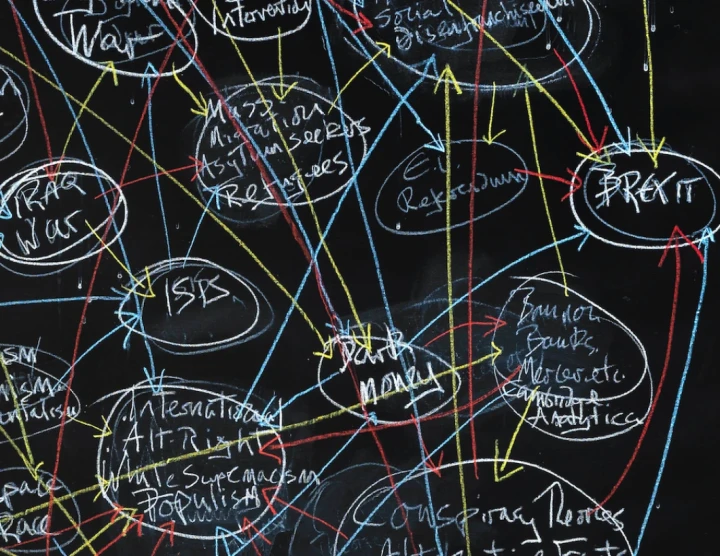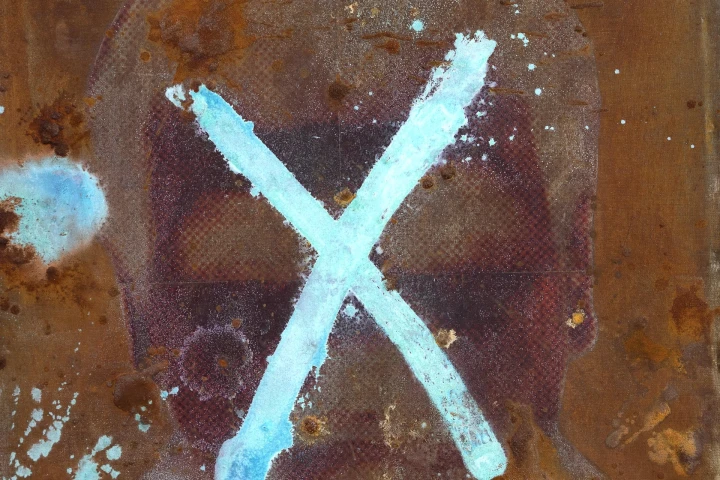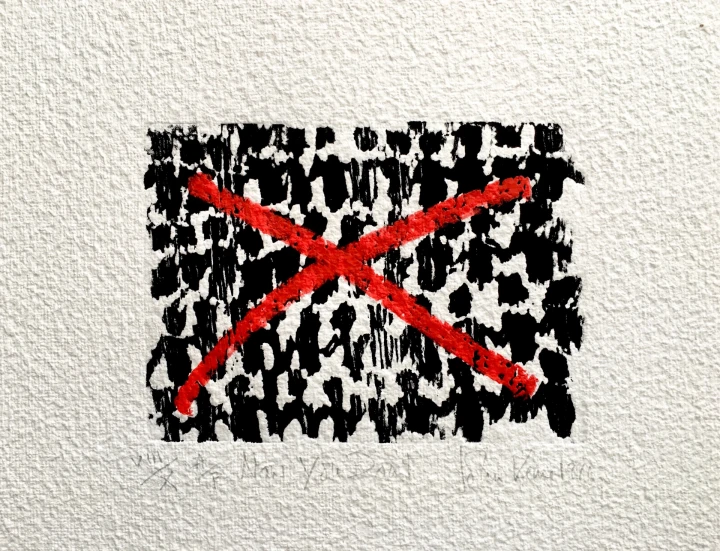
HEALTH WORKERS 4 PALESTINE FUNDRAISING AUCTION
I have donated this print to Voices of Solidarity online auction wh o are helping raise funds for the @healthworkers4palestine Solidarity Fund alongside the event taking place on July 19th at @troxylondon.
🇵🇸 Support Gaza's health workers by bidding on unique gifts from film and theatre memorabilia, life experiences, and wellness treatments to clothing, jewellery, and opportunities to meet or zoom with A listers, doctors, writers, and activists.
